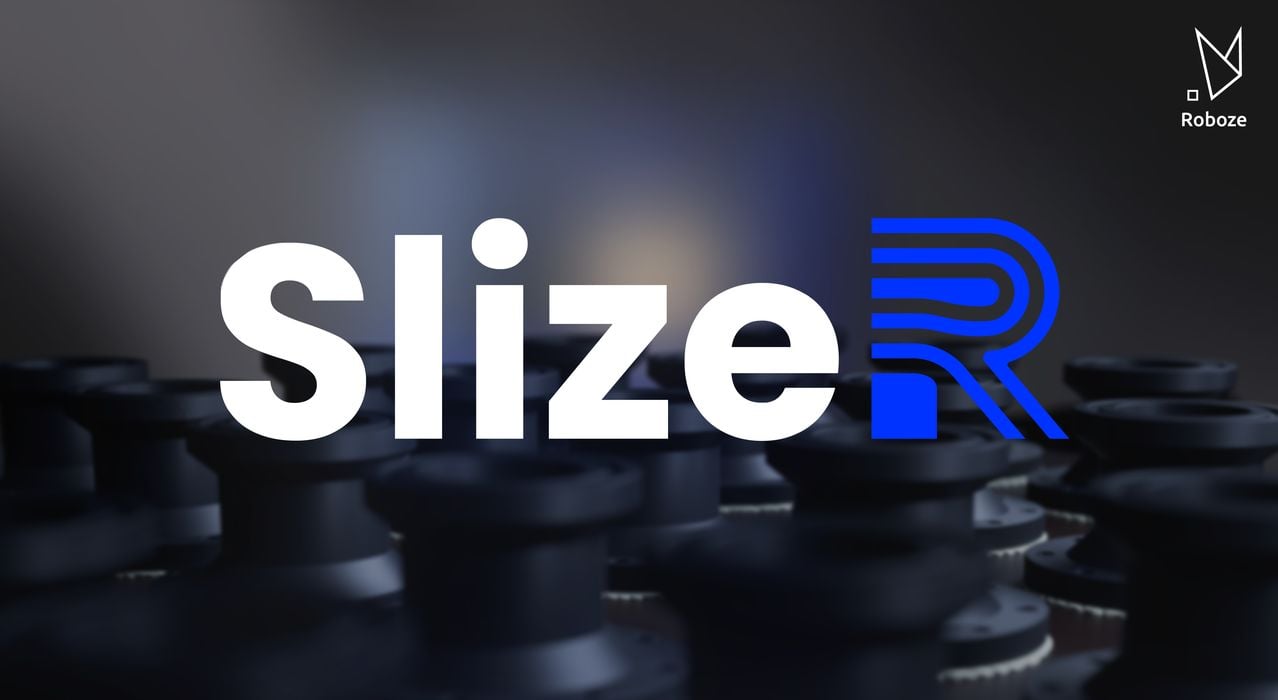
Roboze announced a new slicing software tool, “SlizeR”.
The Italian company produces a line of high-temperature FFF 3D printers, some of which have quite large build volumes. Recently, they’ve been focusing on high-performance engineering materials that can, in some applications, substitute for metal in lightweight form.
The new software includes a number of changes described by Roboze.
The main change seems to be speed. They write that the new software “drastically reduces print job preparation times”. For the larger 3D models that would undoubtedly be printed in Roboze’s large devices, this could be quite important for operators.
They’ve also tweaked the software to make it easier to maintain consistent print parameters across a set of part print jobs. This would be especially important for those using Roboze equipment for production applications, where parts must be identical from job to job.
There’s another feature I’d like to learn more about. Roboze explains:
“With an advanced data-driven approach, SlizeR automatically adjusts print parameters, ensuring dimensional consistency with the initial design and minimizing discrepancies between design and finished product. This automated process makes printing accessible even to those without advanced expertise.”
Print parameters are critical for any print job, and it usually takes considerable effort to properly dial them in for a given application. Here, it seems that Roboze has found a way to automate at least some of that work.
They’ve also changed the toolpath generation method to “reduce internal defects” and “improve the mechanical performance” of parts printed on their systems with SlizeR.
It also appears that Roboze has improved their estimation routines, so that it’s possible to manage material inventories in an optimized manner. They explain:
“Enhanced tools allow for more accurate material management, optimizing printing costs, reducing waste, and providing precise forecasts for the materials needed for each job.”
Finally, they’ve amped up the user interface to have a more modern appearance, and a “logical design” should help users navigate their way through the software more easily.
I’m interested to take a look at these new slicing features, and wonder if other slicing systems are considering similar improvements.
Via Roboze
